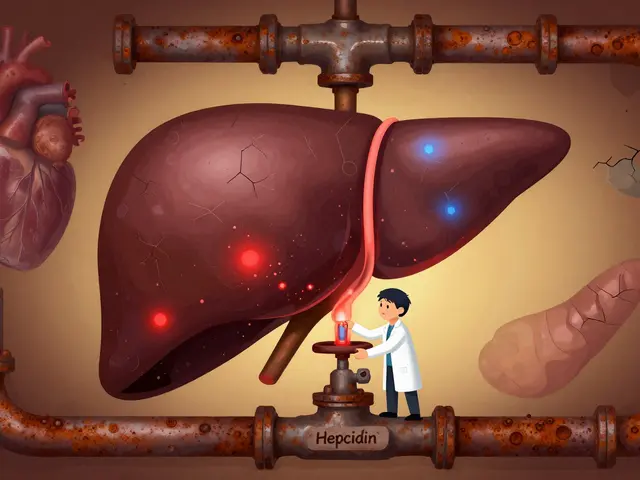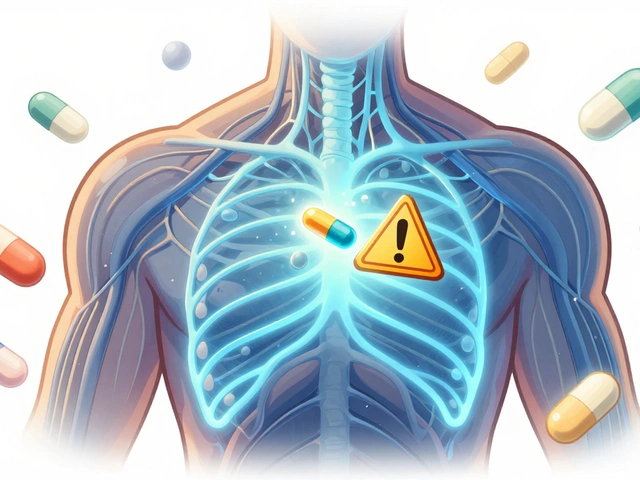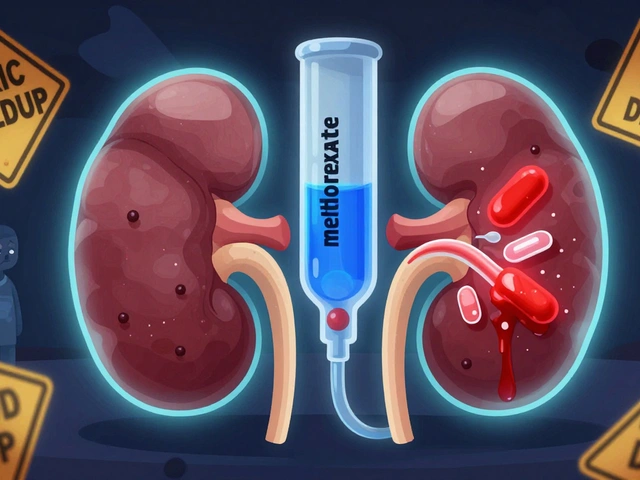Generic Warfarin: What You Need to Know
When dealing with generic warfarin, a low‑cost oral anticoagulant used to thin the blood and prevent clots. Also known as Coumadin, it works by inhibiting vitamin K‑dependent clotting factors. In everyday language, think of it as a traffic controller that slows down the clot‑making “cars” so they don’t cause a jam in your vessels.
The most important thing to remember about generic warfarin is that its effect isn’t static; it changes with diet, other meds, and even how your liver processes drugs. That’s why you’ll hear a lot about INR monitoring, a blood test that measures how long it takes your blood to clot. Keeping your INR in the therapeutic range (usually 2.0‑3.0) is the cornerstone of safe warfarin therapy.
Why Understanding Warfarin Matters
Warfarin belongs to the larger family of anticoagulants, drugs that reduce the blood’s ability to form clots. Compared with newer direct oral anticoagulants (DOACs), warfarin is cheaper and has a long track record, but it also demands more attention. One key relationship is between warfarin and Vitamin K, a nutrient that helps the body make clotting proteins. Eating lots of leafy greens can blunt warfarin’s effect, while a sudden drop in Vitamin K intake can push your INR too high, raising bleeding risk.
Another practical angle is drug interactions. Antibiotics, antifungals, and even some over‑the‑counter pain relievers can boost warfarin levels, while certain cholesterol meds may lower them. Think of each new medication as a potential “traffic signal” that could either speed up or slow down the clot‑prevention system. Your pharmacist or doctor should always double‑check before adding anything new.
For many patients, the question isn’t just how to stay safe on warfarin—but whether they should switch to a DOAC, a newer class of blood thinners that require less monitoring. DOACs like apixaban or rivaroxaban have predictable dosing and fewer food interactions, but they’re often pricier and may not be suitable for people with certain kidney problems. Deciding between warfarin and a DOAC is a balance of cost, lifestyle, and medical history.
Dosage is another puzzle piece. Warfarin isn’t a one‑size‑fits‑all pill; the starting dose might be 2‑5 mg daily, but adjustments are made based on your INR results. Some clinicians use a “loading dose” to reach the target range faster, while others prefer a slow‑and‑steady climb to avoid overshooting. The key is consistency—taking the pill at the same time each day, ideally with the same amount of food, helps keep the numbers stable.
Safety tips can’t be overstated. If you notice unusual bruising, blood in urine or stool, or a sudden headache, treat it as a potential warning sign. Likewise, if you miss a dose, the rule of thumb is to take the missed pill only if it’s within 12 hours of the scheduled time; otherwise, skip it and resume the regular schedule. Never double‑dose to “make up” for a missed one.
Now that you’ve got the basics—what generic warfarin is, why INR matters, how Vitamin K and other drugs play a role, and where DOACs fit in—let’s look at what the articles below will walk you through. You’ll find practical comparisons of warfarin with other blood thinners, step‑by‑step guides for safe online purchases, and deep dives into managing side effects. Whether you’re starting therapy, tweaking your regimen, or exploring alternatives, the collection aims to give you clear, actionable insights.

Buy Cheap Generic Warfarin Online - Safe Guide & Price Comparison (2025)
Learn how to safely buy cheap generic warfarin online in Australia. Get price comparisons, legal checks, ordering steps, and monitoring tips in one guide.
read more




